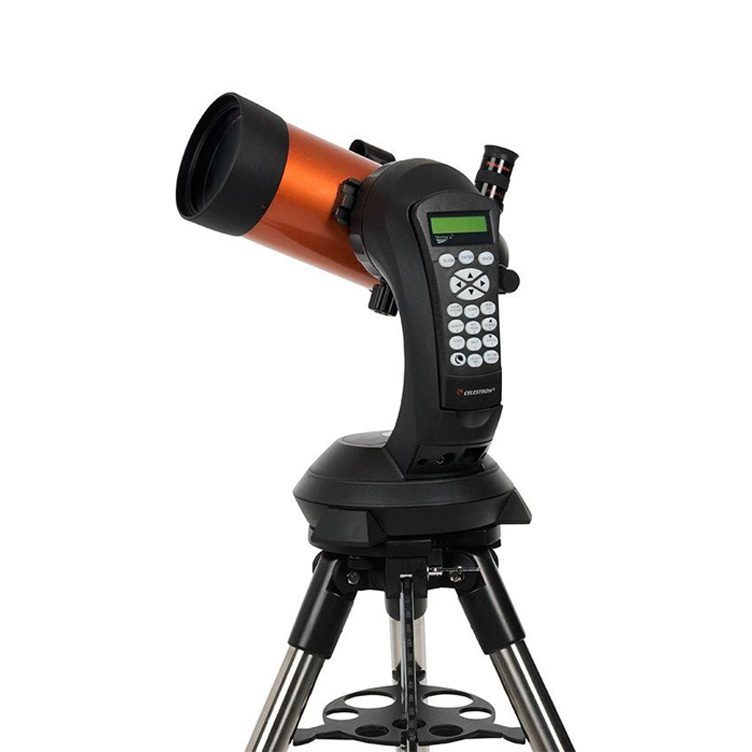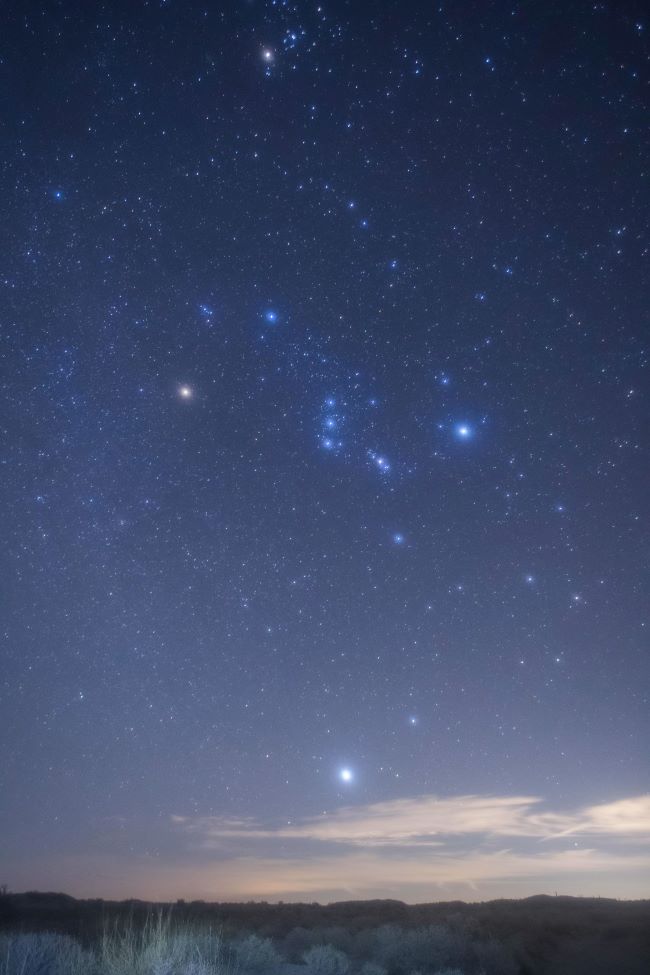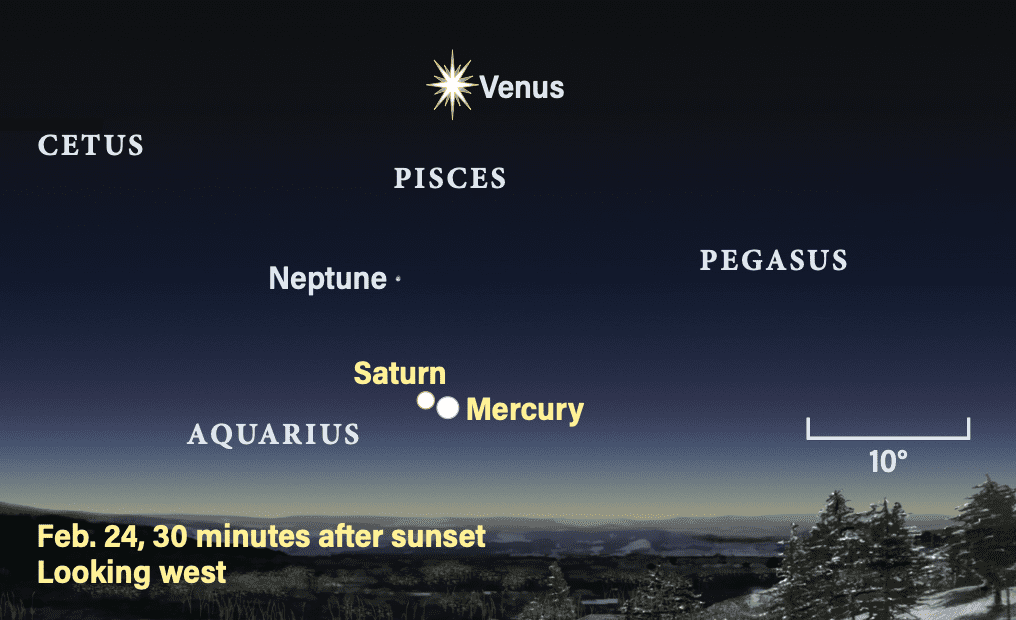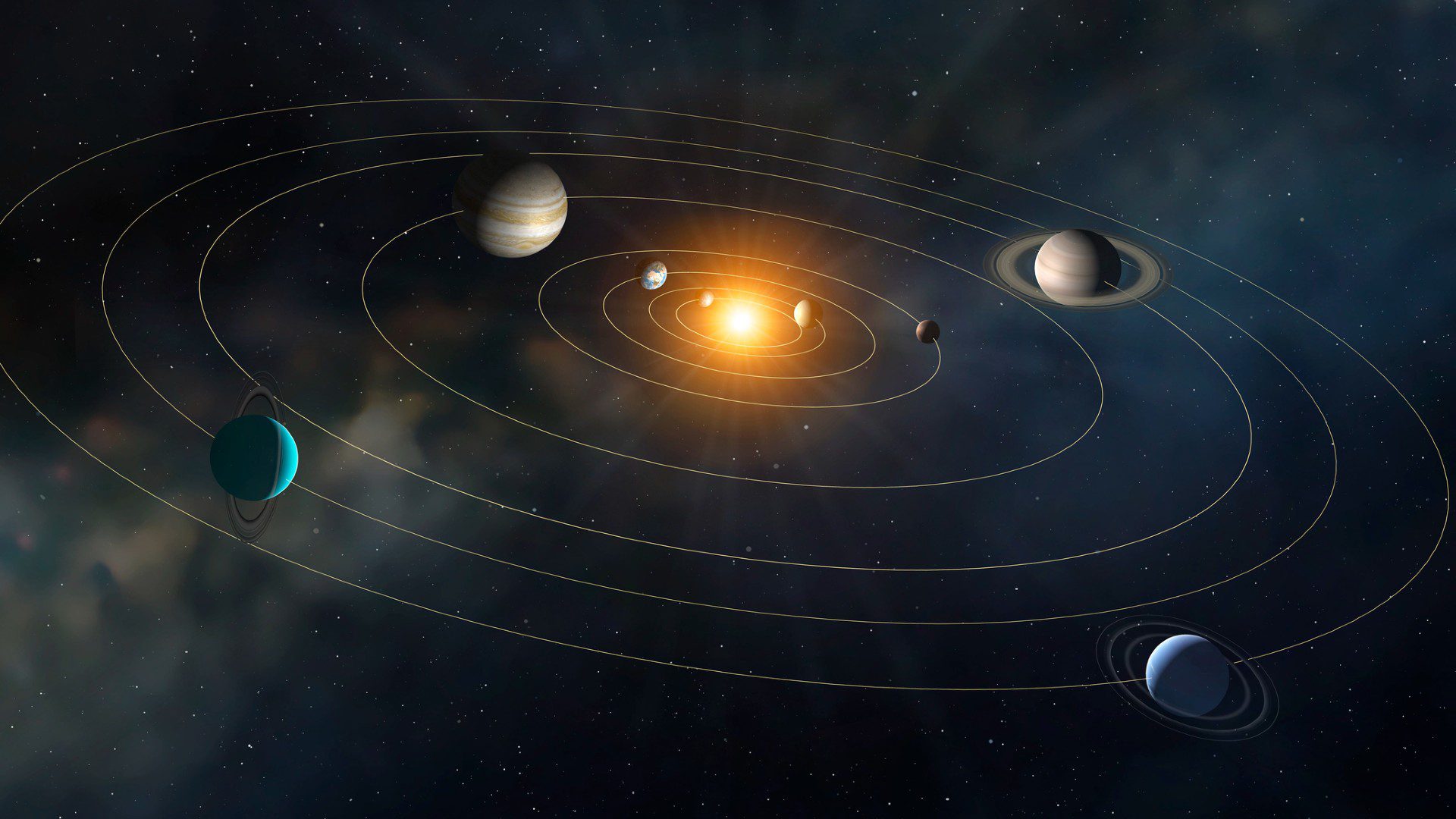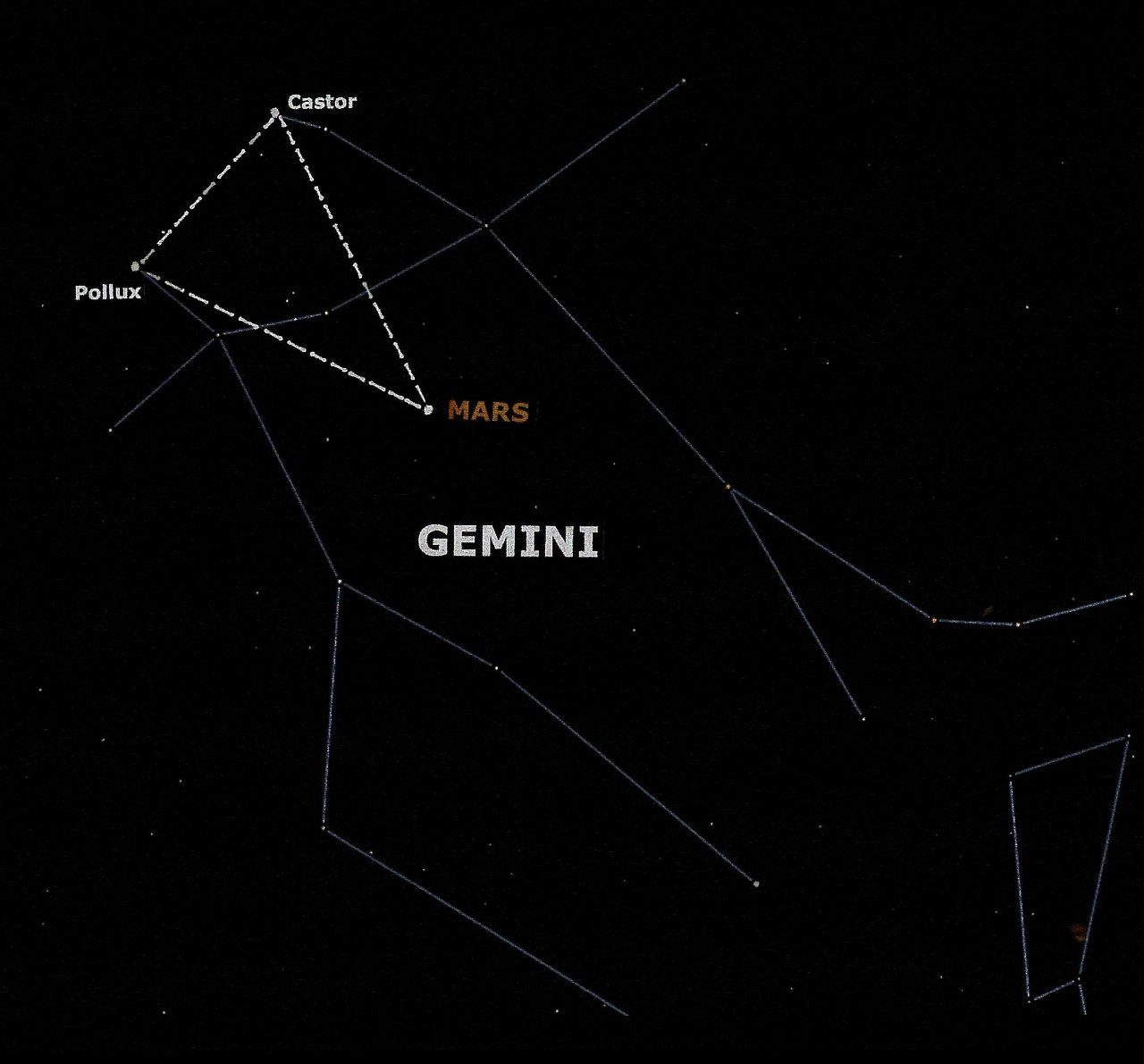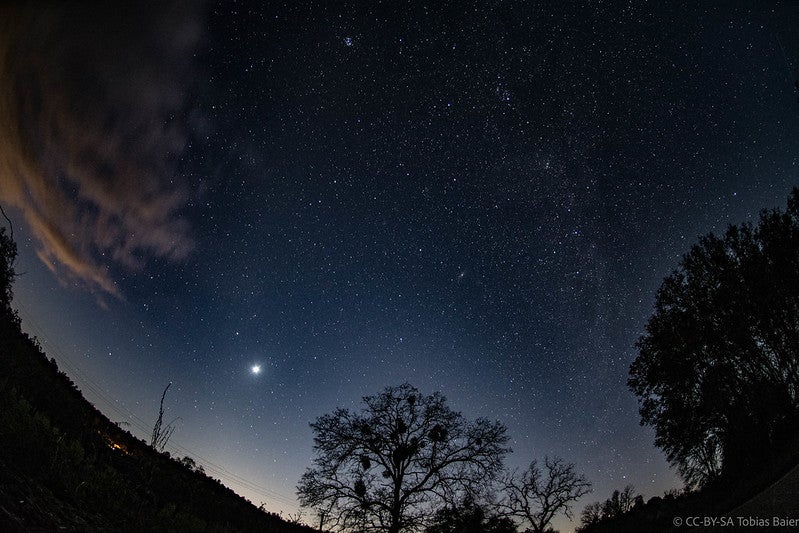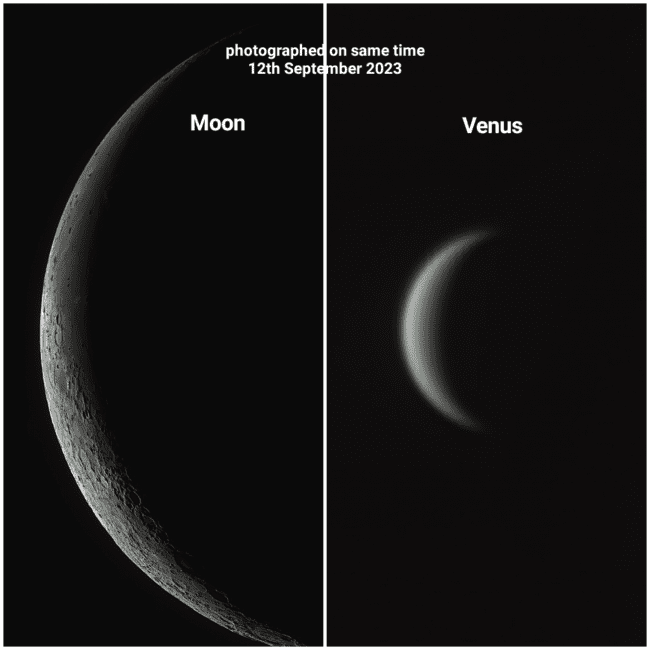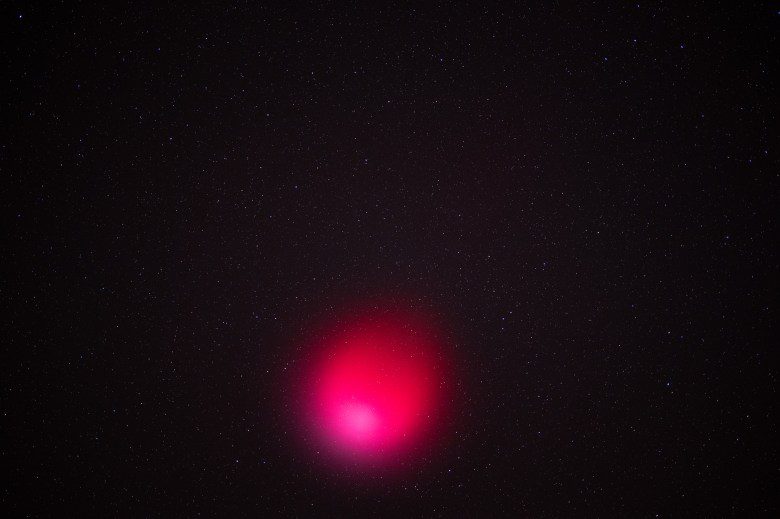See Mercury at its best in the night sky over the next 2 weeks
We now have a fine opportunity to view the planet that many astronomy guide books refer to as the most difficult of the naked-eye planets to see. The planet in question is Mercury. Beginning now and running through the end of the second week of March, this somewhat overgrown version of the moon will have … Read more
